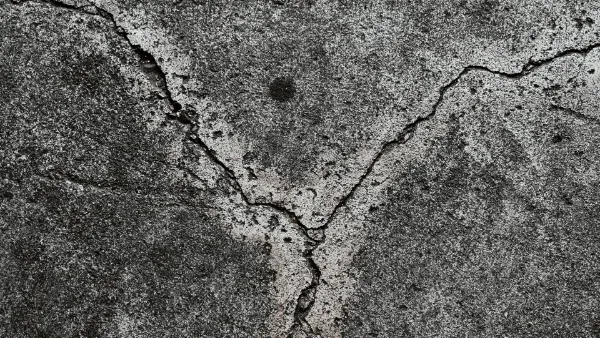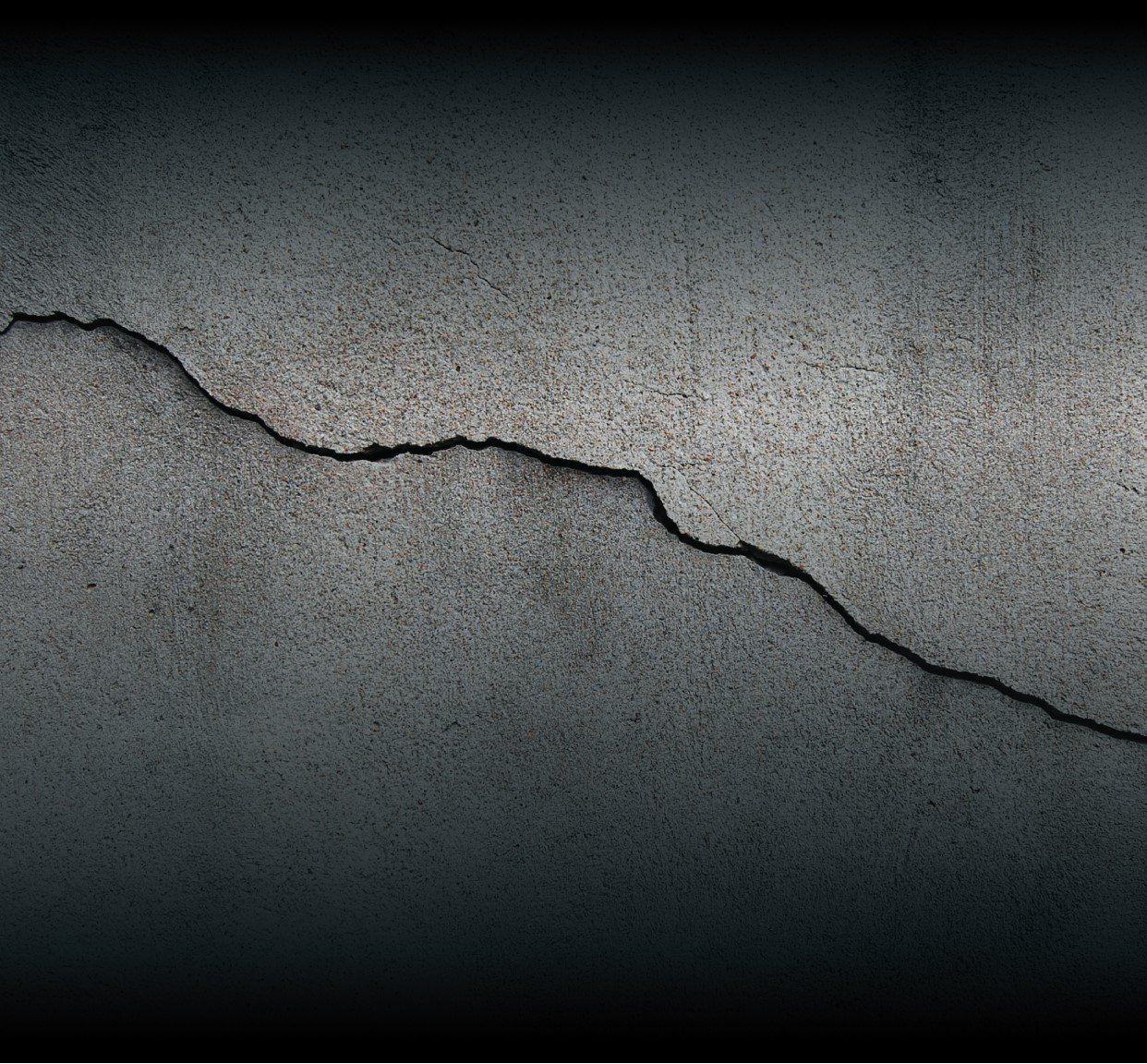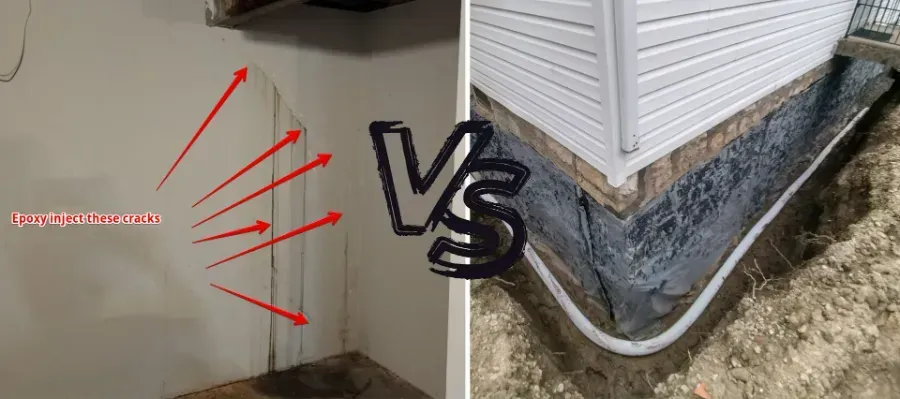Epoxy Crack Sealing
Google Tag Manager

Cracks in a basement foundation or crawl space wall are common anywhere, and when extreme weather fluctuates. The freeze/thaw cycle in winter allows for water to get into the cracks, freezing, then expanding, increasing the damage to your foundation, and making the cracks worse. Then the summer droughts can crumble and crackle to worsen.

Foundation walls don’t just bow or buckle overnight. The process can progress slowly over the years, so by the time you realize it, the damage has been done. Bowing walls are typically caused by the force of hydrostatic pressure. One may ask…. What is hydrostatic pressure and why would that result in foundation damage? Read this article for more information on Reasons Your Foundation Could Buckle.

Just because we are no longer in thunderstorm season and rainfall has stopped, doesn’t necessarily mean your basement is guaranteed to stay dry. Now we need to focus on snowfall and what steps to take to prevent this melting snow from entering into your basement. Water in your basement can lead to serious foundation problems. Both new and old homes are susceptible to water damage. The problem is, there are multiple ways for water to get into your basement. Luckily, we have a solution for them all! Some common foundation problems include, water leaking over the top of the foundation, leaking floor cracks, water seeping between the basement wall and floor, leaking wall cracks and leaking windows. If any of these signs are present in your home, it is best to get them looked at immediately. The quicker you can fix the source of the problem, the more money it will end up saving you in the long run. Depending on the situation, you can fix these problems with a few different techniques.



